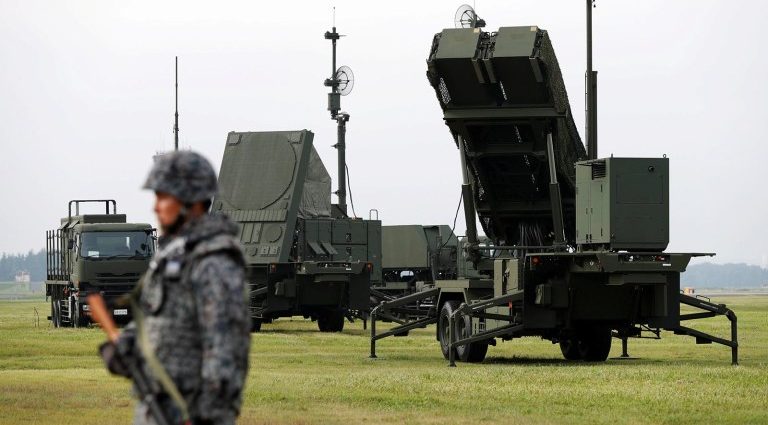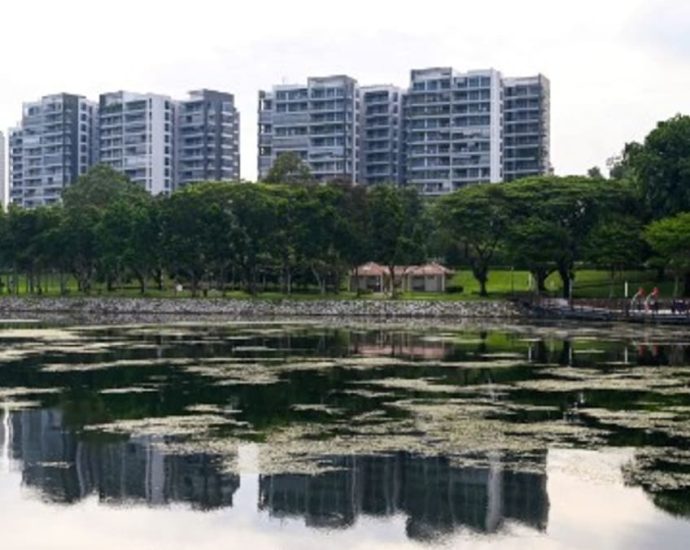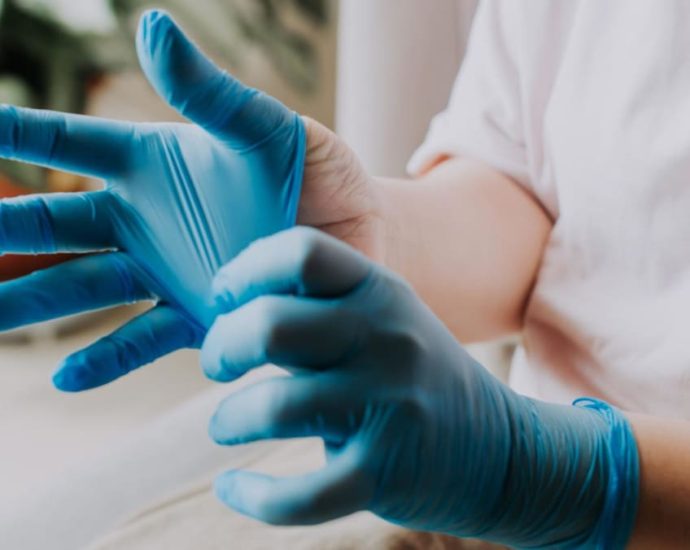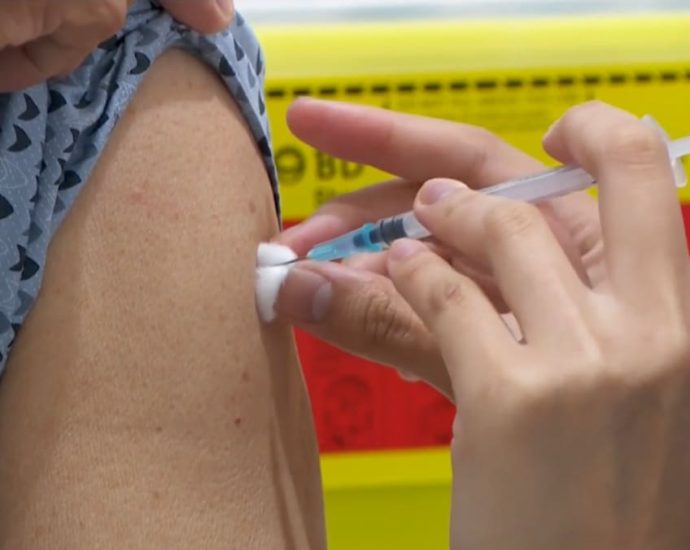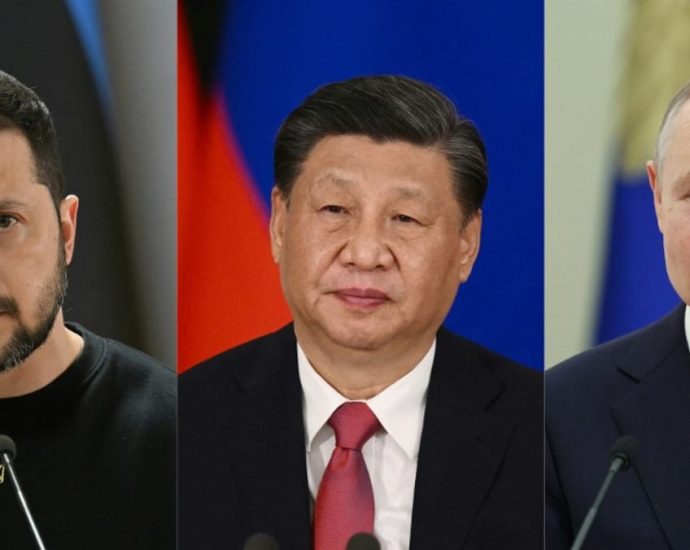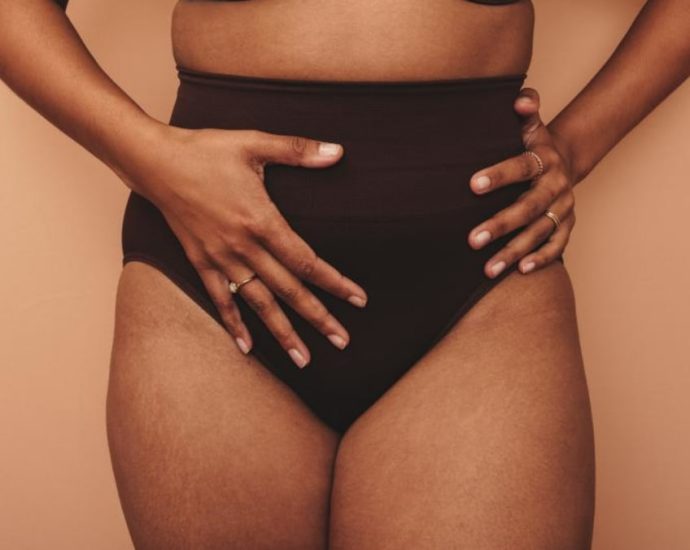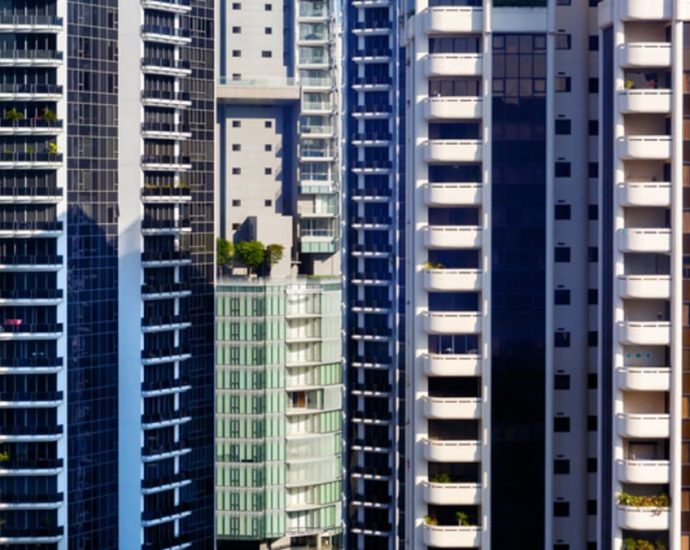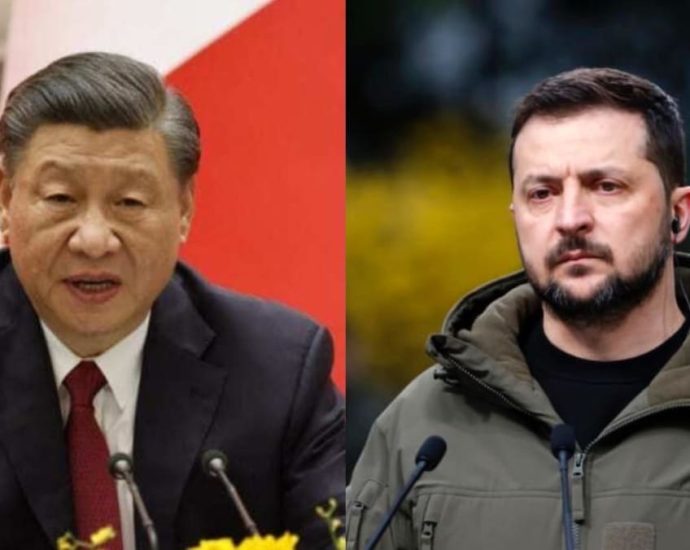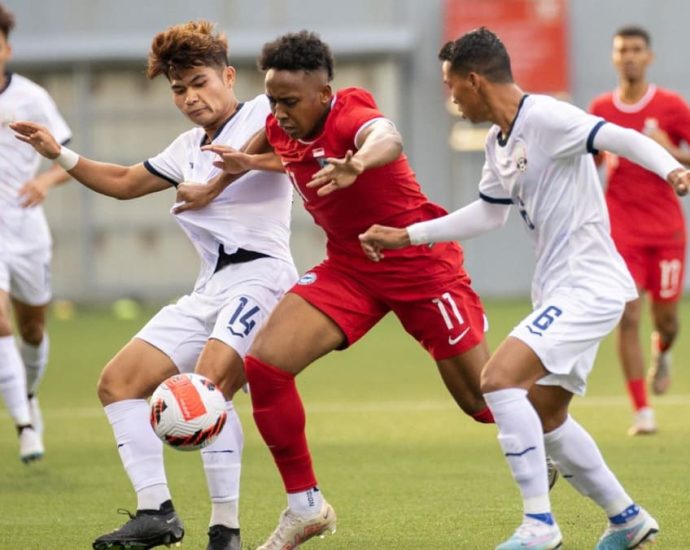Time for a US-Japan-Taiwan security pact
Japan is determined to uphold the international order in the Indo-Pacific but cannot achieve that goal alone.
Therefore Tokyo enhances its partnership with allies through minilateral arrangements like the Quadrilateral Security Dialogue and Trilateral Strategic Dialogue (with the United States and Australia).
Some even advocate Japan’s cooperation with another minilateral, the Australia-US-UK (AUKUS) pact, in high-tech areas like hypersonics or cybersecurity. The rise of such minilateral frameworks among like-minded countries can make the region more stable and resilient.
Yet another potential framework also merits attention: trilateral cooperation between the United States, Japan and Taiwan.
Pacific Forum recently published “The World After Taiwan’s Fall,” attracting attention throughout the region. In the volume, David Santoro, Ralph Cossa and other scholars emphasize the significance of Taiwan in maintaining the current rules-based order.
The United States is undoubtedly the biggest supporter of Taiwan – especially in military terms. The Taiwan Relations Act has since 1979 allowed for the transfer of defense articles, something the United States has honored across both Republican and Democratic administrations.
However, during a contingency on Taiwan, Washington would struggle to stave off an attack without Japanese help, chiefly because it has no military bases and deployments on the island. For the US military to rescue Taiwan, it needs proximate locations for operations.
Guam, the US territory with Andersen Air Force Base and Apra Harbor, could be a starting point for the US military. A more effective missile defense plan is also needed to protect Guam and continuously project power. The Philippines, under President Ferdinand Marcos Jr, has also offered the US military four additional bases which could be used in a contingency.

The closest US bases to Taiwan, however, are in Okinawa, part of the Japanese archipelago and the First Island Chain. Kadena Air Base is one such facility that would play a crucial role in a Taiwan contingency. It is 400 miles from Taipei and the only significant US base from which the Taiwan Strait can be reached without refueling.
Article 6 of the Treaty of Mutual Cooperation and Security between the United States and Japan grants the US military use of facilities and areas not only for defending Japan but also for “maintenance of international peace and security in the Far East.”
However, US bases are located on Japanese sovereign territory and Japan’s consent is not automatic. Prior consultation, before US military combat operations commence, is therefore critical in responding to a contingency in Taiwan.
Japan has its own reasons for concern over a Taiwan contingency. If Taiwan should fall, Okinawa would then be vulnerable to PRC takeover, as the Pacific Forum report warns.
Yonaguni, the westernmost island of Okinawa, is only about 70 miles from Taiwan. In 2016 the Japanese Self-Defense Forces (JSDF) established a camp on the island. The following year, then-commander of USPACOM Harry Harris and then-chief of staff of the Joint Staff Katsutoshi Kawano jointly visited the brand-new camp.
In December 2021, the late former prime minister Shinzo Abe insisted that a Taiwan contingency is the equivalent of a contingency for Japan. This should come as no surprise: In addition to strategic considerations, bilateral ties between Japan and Taiwan are underpinned by a deep friendship.
Japan is by far the most liked country among the Taiwanese public. Thousands of ordinary people in Taiwan expressed deep condolences for the assassination of Abe, due to his deep commitment to Taiwan.
The 9.0 magnitude earthquake and tsunami hit Japan in 2011, The Taiwanese people enthusiastically expressed solidarity with their Japanese friends. Taiwan, an island of just 23 million people, contributed the second-highest amount of donations following this disaster, behind only the United States.
Japan has tried to enshrine the Taiwan issue as the priority of the US-Japan alliance. In February 2005, the US secretaries of state and defense and the Japanese foreign and defense ministers held a ministerial 2+2 meeting. Already at the time, common strategic objectives of the joint statement included the Taiwan Strait.

The joint statement of the 2+2 meeting in June 2011, “Toward a Deeper and Broader US-Japan Alliance: Building on 50 Years of Partnership,” encouraged “the peaceful resolution of cross-Strait issues through dialogue.”
During then-prime minister Yoshihide Suga’s visit to Washington in April 2021, the joint statement underscored the importance of peace and stability across the Taiwan Strait at the summit level for the first time since the end of formal diplomatic ties with Taipei. Following the leaders’ meeting, the G7 shared their concerns over the Strait.
At an incoming summit in Hiroshima in May, Japanese Prime Minister Fumio Kishida is expected to coordinate the G7 nations to express continued concern.
Notwithstanding, there is no platform to coordinate the efforts of the three sides. As Beijing takes more assertive actions, these three governments should act now. In my view, the three parties should discuss trilateral security cooperation.
Thinking about the triangle security-wise, the weakest side is the tie between Japan and Taiwan. The first challenge for trilateral cooperation is strengthening the security linkage between Tokyo and Taipei.
This new minilateral should start with modest steps. The framework should be functional during a contingent scenario, and establishing a communication channel will be critical, especially at the beginning, to plug the lack of contact.
Another gap to fill is cooperation in the maritime domain. Unlike in Ukraine, this would be a significant battle theater, but Taiwan’s navy and coast guard are far less – or not at all – integrated with their US and Japanese counterparts.
A big picture is definitely needed. But a small step is suitable for creating momentum, especially to avoid antagonizing Beijing too much and too soon. There could be several measures to take for practical use.
In 2022, it was reported that Japan was considering sending active-duty personnel from the JSDF instead of retired personnel. Someone with an active connection with the JSDF will be an essential channel between the two militaries.

As China steps up its efforts in the East and South China Seas, cooperation between the two island countries in the maritime domain is also critical. The memorandum of understanding regarding the collaboration between the US Coast Guard and its Taiwanese counterpart could be a good example to follow.
Based on the tangible results of security cooperation between Japan and Taiwan, a trilateral partnership could be established. In fact, trilateral collaboration has already been built up in Taipei. President Tsai Ing-wen has repeatedly touched on “GCTF” – the Global Cooperation and Training Framework – to advance cooperation in practical areas, including training, public health, and digital economy.
Honolulu could be another acceptable location to smooth communication among the three parties. The tropical city is host to US Indo-Pacific Command, and active personnel from the JSDF and other militaries are dispatched there.
As discussed above, Japan should pursue another minilateral framework in the Indo-Pacific to stabilize the region; it is high time to forge trilateral security cooperation among the United States, Japan, and Taiwan. And some minor steps would be fitting for the very beginning.
Masatoshi Murakami ([email protected]) ) is an associate professor at Kogakkan University in Japan and a visiting fellow with the Air Command and Staff College of Japan and the Nakasone Pease Institute. He previously worked with the Ministry of Foreign Affairs as a career diplomat and has conducted research as a visiting fellow at Pacific Forum this spring.
This article was first published by Pacific Forum. Asia Times is republishing it with permission.

